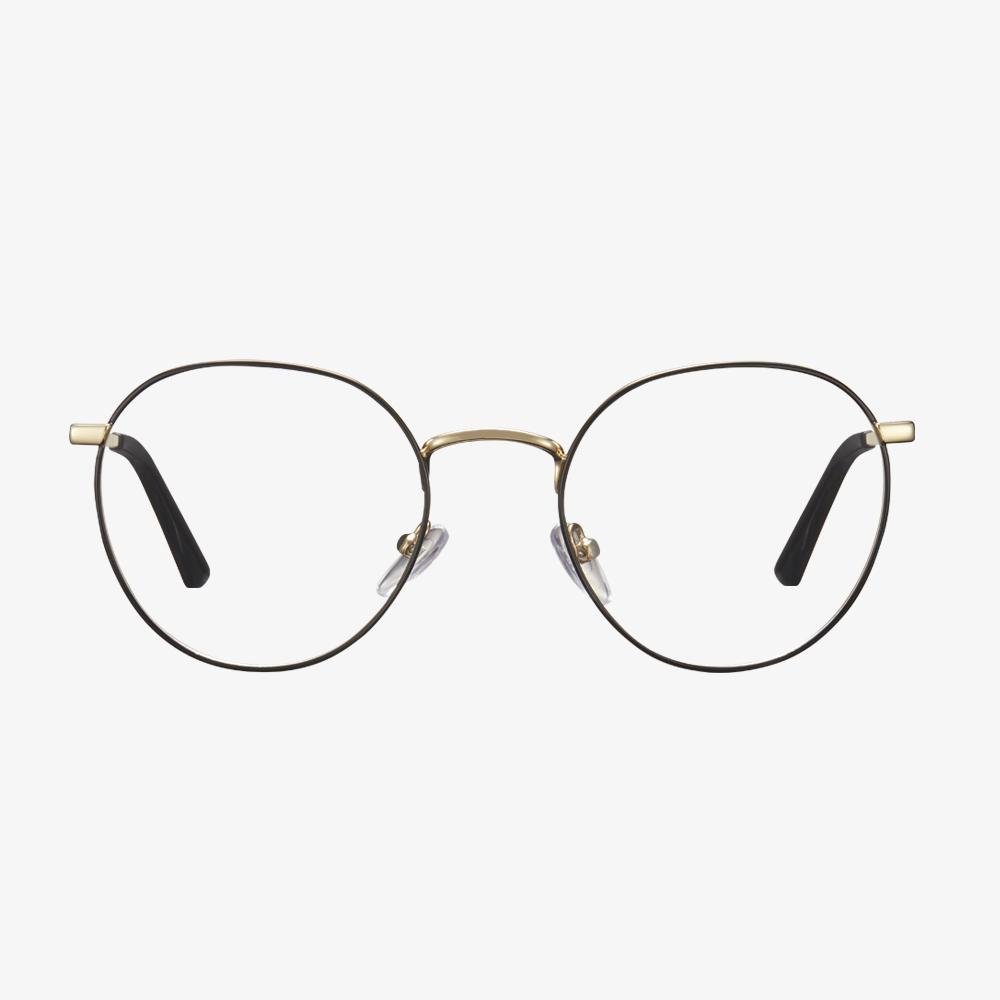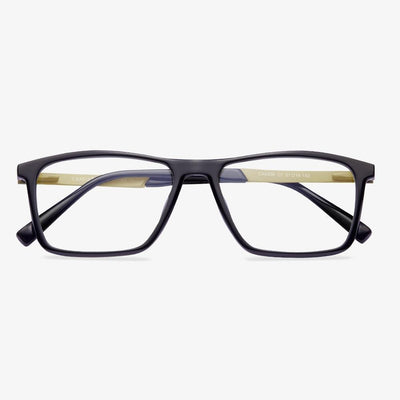Why do spectacle frames rust?
Before solving this problem, we can first understand the causes of rust spots on the frames and skin allergies due to rust spots. Many alloy products in daily life contain nickel, and direct contact with the skin will cause allergies to sensitive people. The temples and nose pads are the parts that contact the skin with a large area, especially the outer surface of the metal frame and the interior of metal containing a large amount of nickel. Through contact with the skin and erosion of sweat, the appearance of rust spots and skin allergies are caused. Once allergy occurs, it will cause contact dermatitides such as redness, swelling, itching, and yellow water on the surrounding skin.
Hinge welding difference between Pure titanium spectacle frame and titanium alloy spectacle frame
The pure titanium glasses frame will not contact oxygen in a vacuum during the welding process. The titanium frame is welded (called spot welding), which creates a slope shape and is one of the most effective ways to distinguish between the two frames. Pure titanium glasses frame, in the hinge part, will not be in direct contact with titanium. And titanium glasses frame will directly contact with titanium, easy to cause wrinkles in the joint, so the temple has obvious unsmooth phenomenon.
How about Blupond's night goggles?
Unlike regular dark sunglasses, night vision glasses don't block much light and have a higher transmittance than day sunglasses that block sunlight but can barely see at night. The night driving glasses use clear yellow lenses with an anti-glare coating and blue polarized light filters that prevent harmful light from entering the macula and causing degeneration. It works by allowing only the healthiest wavelengths of light to reach the eye and keeping visibility high in the dark, reducing glare.
What Are Progressive Lenses?
Progressive lenses have grown in popularity and are one of the most common solutions to treat vision loss that occurs with age or presbyopia. This eye condition occurs when the eye loses some of its flexibility and ability to adjust to clear seeing objects at different distances. Presbyopia often occurs among adults who are over age 40 and is very easy to correct with a proper and prompt diagnosis.
Progressive lenses are often used to correct this eye condition. Progressive lenses are a modern alternative to bifocal glasses, which provides two prescriptions in a single set of glasses. Bifocal glasses are a better solution than carrying around multiple pairs of glasses. Progressive lenses were developed to resolve some of those common issues and to provide better aesthetics. Progressive lenses provide a smooth transition and can accommodate up to three prescriptions and are a replacement for both bifocals and trifocals.
You can choose driving goggles.
The goggles partly filter the far-light from the car. Products sold online include glasses with yellow lenses and yellow translucent shades that clip onto car shades. Shades block out oncoming far-light, while glasses prevent rearview mirror glare from vehicles behind. Most of the light emitted by car headlights is short-wavelength ultraviolet and blue light. The yellow polyester blocks them while allowing the longer wavelengths of red and green light to pass through, making the headlights softer when seen through the goggles without reducing the brightness of the road and the surrounding environment.
Which is better, MR7 lens or MR8 lens?
The refractive index of MR7 is 1.67, and its Abbe number is 32, so it has a good dyeing property. MR8 has a refractive index of 1.60 and an Abbe number of 40 or more. MR8 has stronger toughness, so it is more tensile and is not easy to break when confronted with strong impact. The lenses of MR7 and MR8 are different in the degree of heat resistance, and the heat resistance of MR7 is slightly weaker. MR7 is recommended if you want thinner and lighter lenses, but MR8 is recommended if you want higher light transmittance.
Progressive Lens
Standard progressive lenses are multifocal lenses with three observation areas, farsightedness, intermediate vision, and nearsightedness. Unlike bifocals, there are no visible lines between each viewing area. They have a seamless, invisible design, where the optical power changes 'gradually' throughout the lens. Many people confuse 'bifocal' or 'trifocal' with 'progressive' but remember that bifocals and trifocals have visible lines in the lens, while progressive lenses do not. Because progressive lenses have no lines in the lens, they are more popular multifocal lenses than bifocal lenses.
The main observation area of the progressive lens is a far distance, the smaller area at the bottom of the lens is used for myopia, and the middle area in the middle is smaller. Standard progressive glasses are very suitable for general purpose glasses, focusing on hyperopia activities (such as driving and walking) and sufficient area in the lenses for nearsighted activities (such as reading and computer use). The left and right sides or 'convex corners' of the lens are deliberately blurred to achieve an invisible design. The clearest line of sight in the gradual process is from the center to the top of the lens.


















































